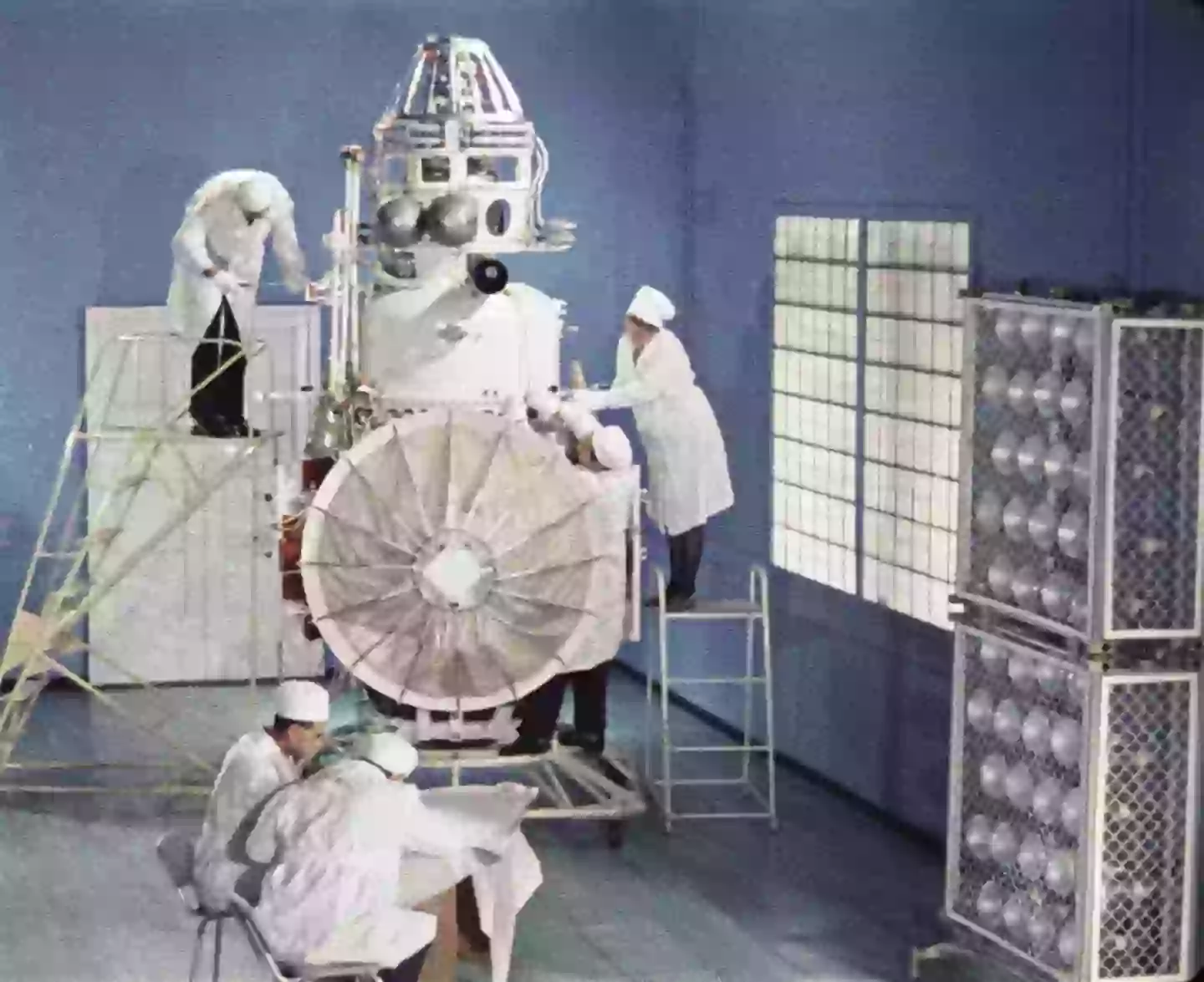
A chunk of a spacecraft which was sent on a mission more than 50 years ago is expected to come plummeting down to Earth in the coming weeks at a speed of 17,000mph.
That's roughly the same speed as the average Brit at a party when they hear the buffet is ready.
This old spacecraft is a Russian vehicle known as Kosmos 482 and it failed in its mission to reach Venus in 1972 as it couldn't get out of Earth's low orbit.
Advert
Some pieces of it came crashing back to Earth a while ago, with a bunch of titanium alloy balls crashing into a farm in New Zealand where they scorched some crops, with the Soviet Union pretending they didn't know anything about it.
However, other pieces of the spacecraft remain in orbit and are expected to finally end more than 50 years circling the planet in the next few weeks.

According to Space, the landing module of Kosmos 482 is expected to begin an 'uncontrolled re-entry' sometime around 9 or 10 May.
To maintain a stable orbit around the Earth as this spacecraft has done, an object needs to be travelling at about 17,000mph, but as it re-enters our atmosphere the craft will start to slow down.
Advert
Hopes that the craft will just burn up in the atmosphere as it comes down are slim, as this thing was designed to spend time on the inhospitable surface of Venus.
Kosmos 482's sister probe, Venera 8, did successfully make it to Venus and managed to survive on the surface for 50 minutes before being destroyed there.
So this thing is probably going to survive long enough to come down and hit something, the question then is where it will hit and what damage it will do.

Forbes reports that astrophysicist Jonathan McDowell puts the chances of this space debris actually hitting a person at about '1 in 10,000', so we'd have to be supremely unlucky for this small chunk of space junk to land on anyone.
Advert
However, they add that the spacecraft coming down will be about the same size as the surviving chunk of a meteorite that exploded over Russia in 2013.
That meteorite did cause some damage in the immediate vicinity with buildings smashed and windows shattered from the energy, but the surviving chunk was found at the bottom of a lake and fished out.
Given that our planet's surface is 70 percent water and much of the land is uninhabited the odds of this coming down on someone are very slim indeed.
Topics: Space, Science, World News